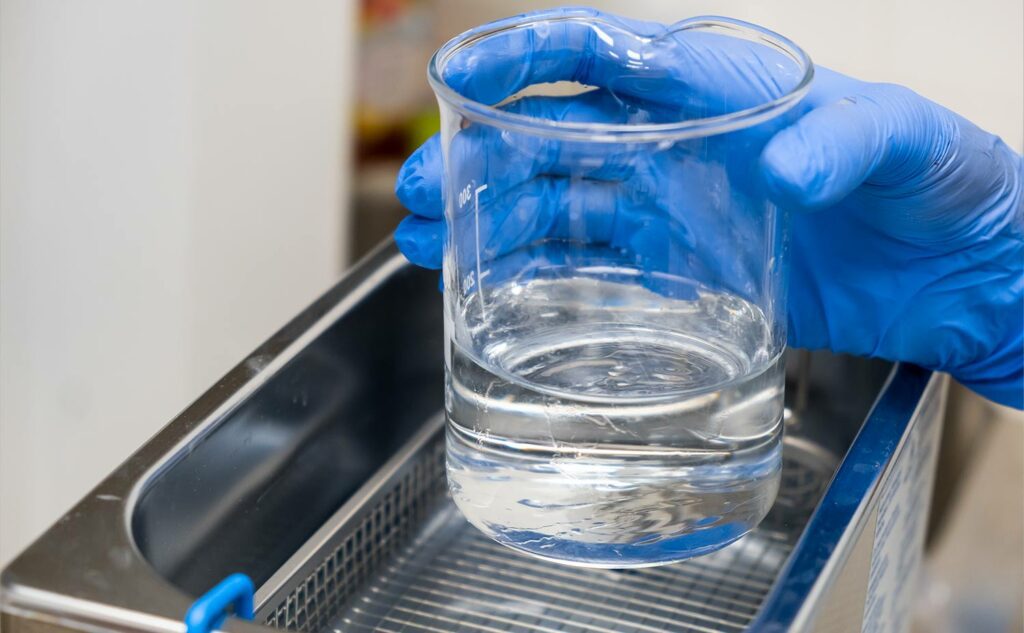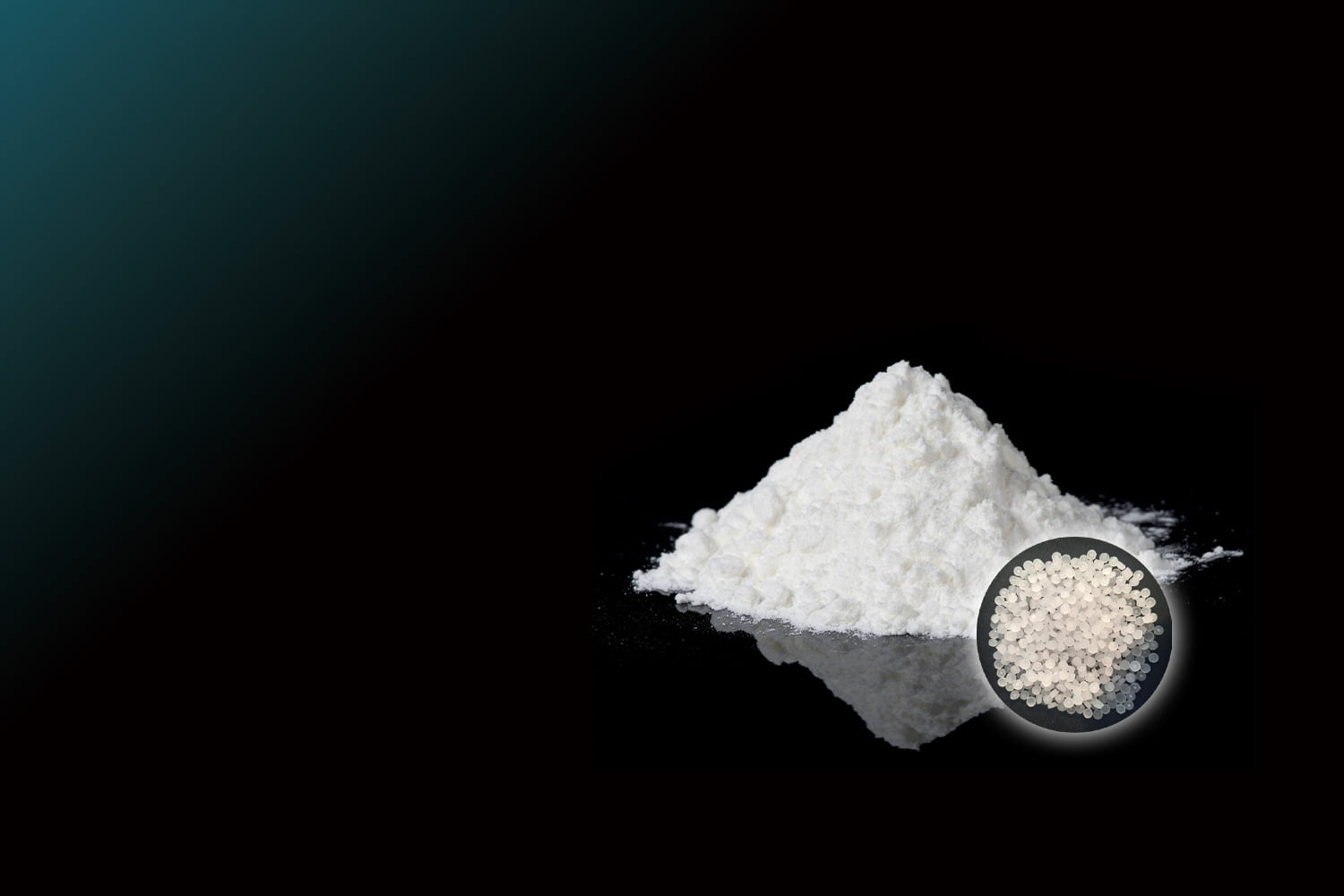Introduction
Neopentyl Glycol Diacetate: you might not have heard of it, but this chemical compound has been making waves in various industries due to its unique properties and applications. In this article, we’ll dive deep into the world of Neopentyl Glycol Diacetate, uncovering its surprising uses, benefits, and potential drawbacks.
Understanding Neopentyl Glycol Diacetate

What is Neopentyl Glycol Diacetate?
Neopentyl Glycol Diacetate, commonly referred to as NPGDA, is a chemical compound that holds significance across various industries. It is synthesized through the reaction of Neopentyl Glycol and Acetic Acid. This process results in a clear liquid substance known for its unique properties and versatile applications. NPGDA falls into the category of diacrylates, making it a key ingredient in the formulation of various products. Its remarkable attributes and reactivity to ultraviolet (UV) light have led to its utilization in UV-curable coatings, adhesives, sealants, and even dental composites. As industries continue to explore innovative solutions, Neopentyl Glycol Diacetate remains a noteworthy compound due to its distinct chemistry and beneficial characteristics.
The Chemistry Behind NPGDA
The chemical composition and structure of Neopentyl Glycol Diacetate (NPGDA) play a pivotal role in its wide-ranging applications. NPGDA is a diacrylate compound resulting from the reaction between Neopentyl Glycol and Acetic Acid. This reaction leads to the formation of multiple functional acrylate groups within the compound’s molecular structure.
These functional acrylate groups are the cornerstone of NPGDA’s reactivity and versatility. They enable the compound to undergo polymerization and crosslinking processes, making it a fundamental component in various polymer and resin formulations. The presence of these acrylate groups allows NPGDA to form strong bonds with other molecules, contributing to its adhesive properties and ability to create durable coatings.
Moreover, NPGDA’s unique chemistry grants it excellent compatibility with other ingredients, enhancing its applicability in different formulations. Its clear liquid form further facilitates its integration into various industrial processes. The chemical structure of NPGDA, with its acrylate groups and reactivity, is the driving force behind its success in industries such as coatings, adhesives, and dental materials.
Applications Across Industries
UV-Curable Coatings and Inks
The utilization of Neopentyl Glycol Diacetate (NPGDA) extends prominently to the realm of UV-curable coatings and inks, where its distinctive properties bring about remarkable advancements. UV-curable coatings and inks are essential components in industries requiring rapid and efficient curing processes, such as automotive coatings and printing.
NPGDA’s exceptional reactivity to ultraviolet (UV) light is the key factor that makes it a standout choice in UV-curable formulations. When exposed to UV radiation, the functional acrylate groups within NPGDA initiate a polymerization reaction, transforming the liquid compound into a solid coating or ink. This rapid curing mechanism significantly reduces production time and enhances overall efficiency.
The benefits of NPGDA in UV-curable coatings and inks are multifaceted. Its quick curing process eliminates the need for lengthy drying times, which is particularly advantageous in high-speed production environments. The resulting coatings exhibit excellent adhesion, durability, and resistance to environmental factors, contributing to longer-lasting finishes.
Adhesives and Sealants
Neopentyl Glycol Diacetate (NPGDA) finds a pivotal place in the domain of adhesives and sealants, where its exceptional properties contribute to strong bonds and reliable connections. Adhesives and sealants are integral components in a wide array of industries, ranging from construction to electronics manufacturing, where effective bonding is paramount.
NPGDA’s unique chemistry plays a crucial role in enhancing the adhesive properties of formulations. The functional acrylate groups within NPGDA allow it to form robust chemical bonds with various substrates, whether they are metals, plastics, or composites. This strong adhesion ensures that adhesives and sealants hold up even in demanding and dynamic environments.
In the realm of sealants, NPGDA’s contribution is equally significant. Sealants are designed to create a barrier against environmental factors such as moisture, air, and dust. The ability of NPGDA to form resilient bonds makes it an ideal component for sealant formulations, ensuring that joints and gaps are effectively sealed and protected.
Dental Composites
Neopentyl Glycol Diacetate (NPGDA) has found a remarkable niche in the field of dentistry, particularly in the development of dental composites. Dental composites are widely used for restorative procedures, offering both aesthetic appeal and durability in tooth repairs.
The unique properties of NPGDA contribute significantly to the performance of dental composites. Its low volatility and clear liquid form make it an ideal candidate for incorporation into composite formulations. When combined with other dental materials like resin matrices and reinforcing fillers, NPGDA enhances the overall properties of the composite.
One of the key advantages of using NPGDA in dental composites is its ability to create strong bonds between the natural tooth structure and the composite material. This ensures that the restoration remains firmly in place, with minimal risk of detachment or fracture. Additionally, NPGDA’s low volatility prevents the emission of potentially harmful substances during the curing process, ensuring the safety of both patients and dental professionals.
The Environmental and Health Perspective
Environmental Considerations
As industries increasingly focus on sustainability, the environmental impact of Neopentyl Glycol Diacetate (NPGDA) comes into sharper focus. While NPGDA offers a range of benefits, its production and disposal can raise valid concerns regarding its ecological footprint.
Manufacturers and researchers are actively exploring sustainable practices to mitigate the environmental impact of NPGDA. This involves investigating alternative synthesis methods that reduce resource consumption and minimize waste generation. By adopting greener manufacturing processes, the industry aims to lower the carbon footprint associated with NPGDA production.
Furthermore, recycling initiatives are being explored to address the disposal of products containing NPGDA. Proper recycling mechanisms can help recover valuable materials from end-of-life products, reducing the need for virgin resources and decreasing overall waste. Implementing effective recycling systems aligns with the broader push toward a circular economy and reduced environmental strain.
Health and Safety
Ensuring the health and safety of individuals who handle Neopentyl Glycol Diacetate (NPGDA) is of paramount importance. While NPGDA offers numerous benefits, it’s essential to recognize potential risks and implement appropriate measures to mitigate them.
When working with NPGDA, adhering to proper safety guidelines is crucial. Protective equipment, such as gloves, safety goggles, and appropriate clothing, should be worn to minimize direct skin and eye contact. Adequate ventilation in workspaces helps reduce the concentration of vapors, ensuring a safe working environment.
While NPGDA is generally considered safe when handled correctly, prolonged or repeated exposure can lead to skin irritation. It’s important to avoid skin contact and promptly wash any affected areas with soap and water. In case of accidental eye exposure, flushing the eyes with water for a minimum of 15 minutes is recommended, and medical attention should be sought.
Future Innovations and Challenges

Innovations in Formulations
The realm of Neopentyl Glycol Diacetate (NPGDA) is ripe for innovations in formulations, paving the way for enhanced performance and expanded applications. As industries evolve and demands become more diverse, researchers are actively exploring ways to push the boundaries of NPGDA’s capabilities.
One avenue of innovation focuses on optimizing NPGDA’s compatibility with other chemicals and materials. By fine-tuning its interactions with various components, researchers aim to create formulations that exhibit improved stability, reactivity, and overall performance. This versatility opens doors to applications in fields that may not have been previously considered.
Furthermore, increasing NPGDA’s reactivity is a target for innovation. Researchers are working on modifying its chemical structure to enhance its response to external stimuli, such as light or heat. These modifications can lead to formulations with tailored properties, offering solutions for niche applications that require specific performance criteria.
Regulatory and Sustainability Challenges
The utilization of Neopentyl Glycol Diacetate (NPGDA) isn’t without its share of regulatory and sustainability challenges. As industries evolve and environmental concerns grow, navigating these challenges is crucial to ensure responsible and compliant use of NPGDA.
From a regulatory standpoint, the chemical industry is subject to stringent guidelines to safeguard human health and the environment. As NPGDA finds its way into various applications, manufacturers must ensure that their products adhere to relevant regulations. This entails comprehensive testing, documentation, and compliance with regional and international standards.
Moreover, sustainability considerations add a layer of complexity to NPGDA’s usage. Stakeholders are increasingly mindful of the environmental impact of chemicals throughout their lifecycle. This includes not only the production process but also the use and disposal of products containing NPGDA. Addressing these concerns requires a holistic approach that involves minimizing waste, reducing emissions, and adopting more sustainable production methods.
Conclusion
Neopentyl Glycol Diacetate might be a tongue-twister of a name, but its impact on various industries is undeniable. From UV-curable coatings to dental composites, this compound has proven its worth through its unique properties and versatile applications. As technology advances and sustainability becomes a priority, NPGDA’s role will continue to evolve, shaping the way we innovate and create.
FAQs
- Is Neopentyl Glycol Diacetate harmful to the environment?
Neopentyl Glycol Diacetate can have environmental impacts if not handled and disposed of properly. Manufacturers are working on sustainable practices to minimize its ecological footprint. - Can NPGDA be used in food packaging?
No, NPGDA is not approved for direct food contact applications due to potential migration risks. It is mainly used in industrial applications. - What safety precautions should I take when working with NPGDA?
When handling NPGDA, wear appropriate protective gear such as gloves and eye protection. Avoid prolonged skin contact and ensure good ventilation in workspaces. - Is NPGDA a volatile compound?
No, NPGDA is known for its low volatility. This property is advantageous in applications where minimal evaporation is desired. - Where can I find products containing NPGDA? 、
Products containing NPGDA are commonly found in industries like coatings, adhesives, and dental materials. Check with manufacturers and suppliers in these sectors.



